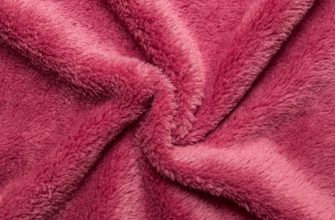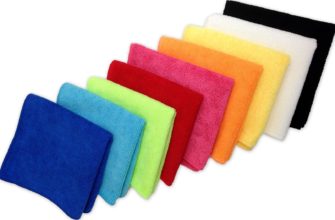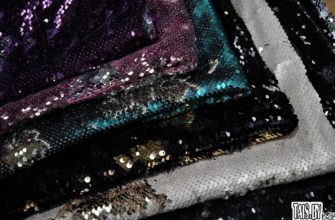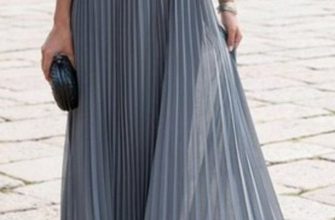The range of fabrics produced at the current stage of development of the textile industry is diverse. Among the manufactured products there are fabrics for everyday and special purposes. If the average person is accustomed to everyday materials, then reflective fabric and its use in the fashion industry arouses interest among people, athletes and young people who strictly follow fashion trends. This is the name of the fiber that is capable of reflecting the light coming to it.
What are these fabrics used for?
Reflective fabric is an additional level of protection that ensures safety in complex and dangerous industries (railway transport, mines, quarries, road construction, emergency medical care, etc.). The use of clothing that contains reflective fabric for clothing increases a person's visibility in the dark and twilight - in this case, the pedestrian does not appear invisible to the driver.
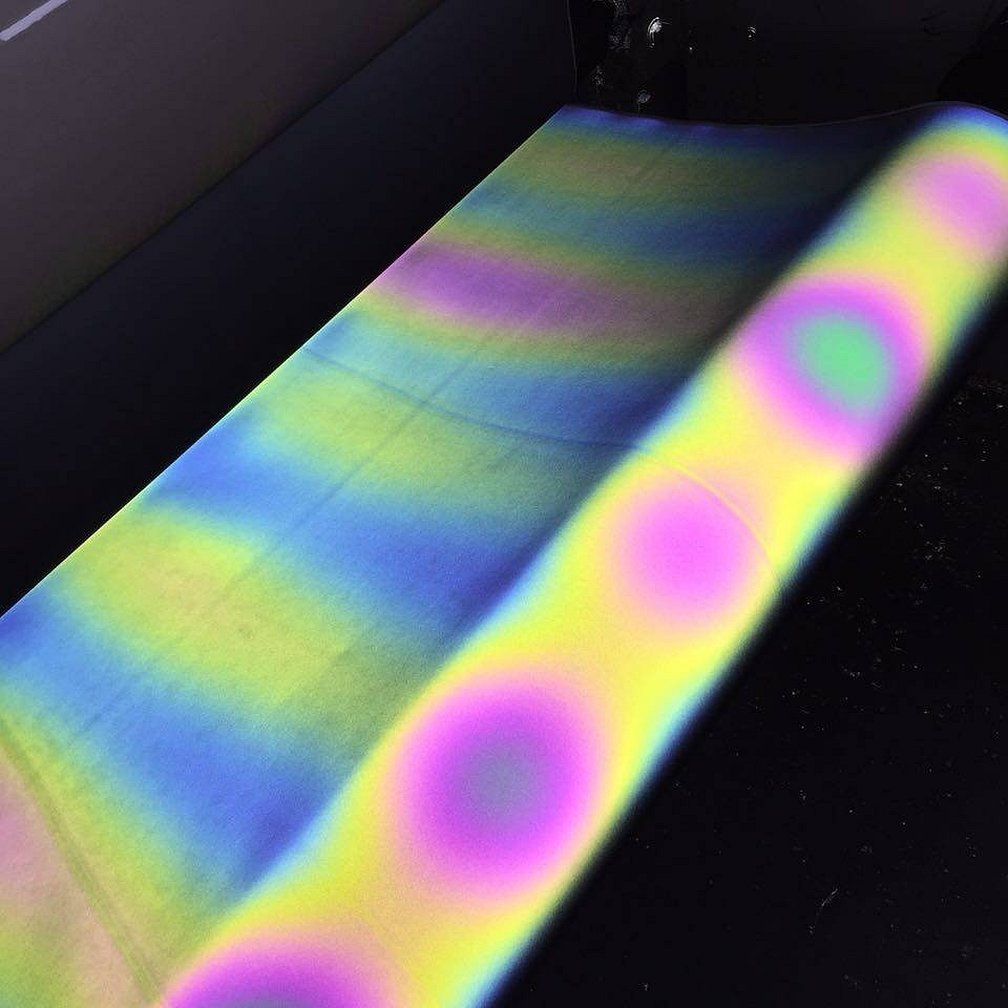
Reflective material has reflective properties: the ability to reflect from the light source to a surface with a special coating. Each surface interacts with incoming light differently.
There are 3 types of reflection:
- Diffuse - the reflected light flux is scattered. Only a small part of the light returns to the radiation projector;

- Mirror. It is based on the method of examining objects with a mirror. In this variant, in order to examine objects, the observer must have a light source with him;
- Retroreflective. Direction of light rays towards the radiation source. This effect is achieved by using several mirror surfaces, provided that the angle of rotation of light is 180°.
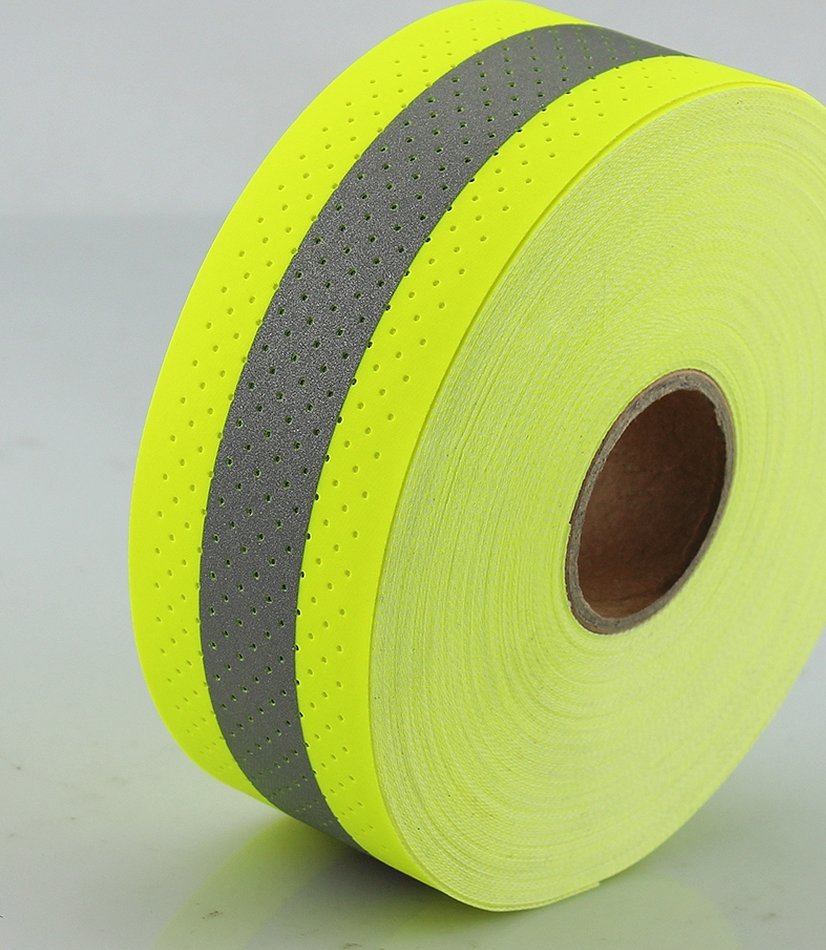
When manufacturing reflective parts, several types of components are used:
- Prisms are cubic pyramids. When hitting the prisms, the light stream is successively reflected from the edges until it reaches the radiation source;
- Wide-angle spherical lenses are glass wide-angle lenses glued to insulation with a reflective surface, covered with a silicone varnish coating that protects the surface from mechanical damage and environmental influences.
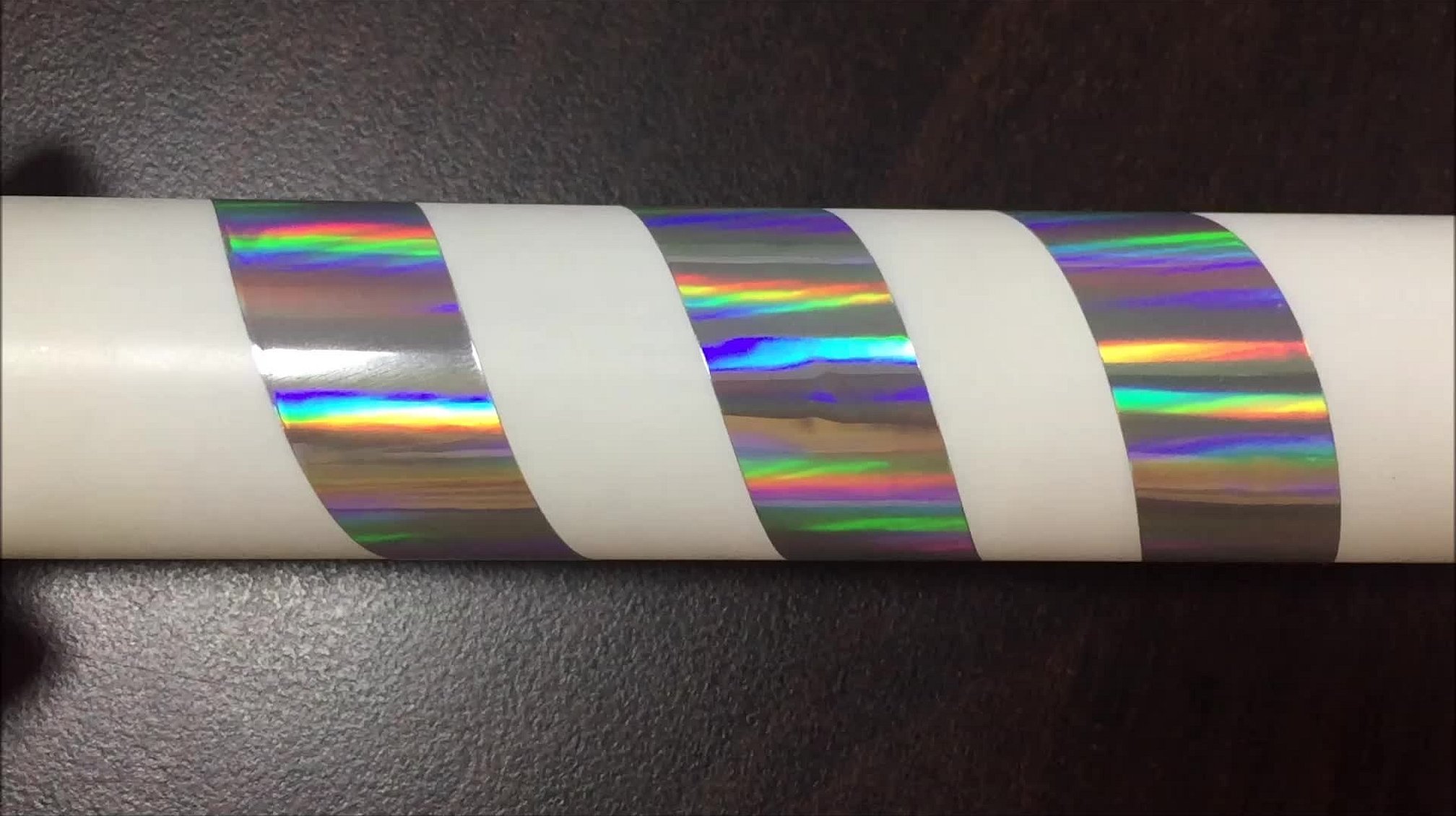
The name of the technology is actively used in the production of signal and sports clothing, modern fashion accessories, sports attributes - reflective. Do not confuse reflective and light-reflecting elements. The latter have not found wide application due to the peculiarities of losing most of the incoming light and the ability of the light flux to fade depending on the color scheme of special clothing.
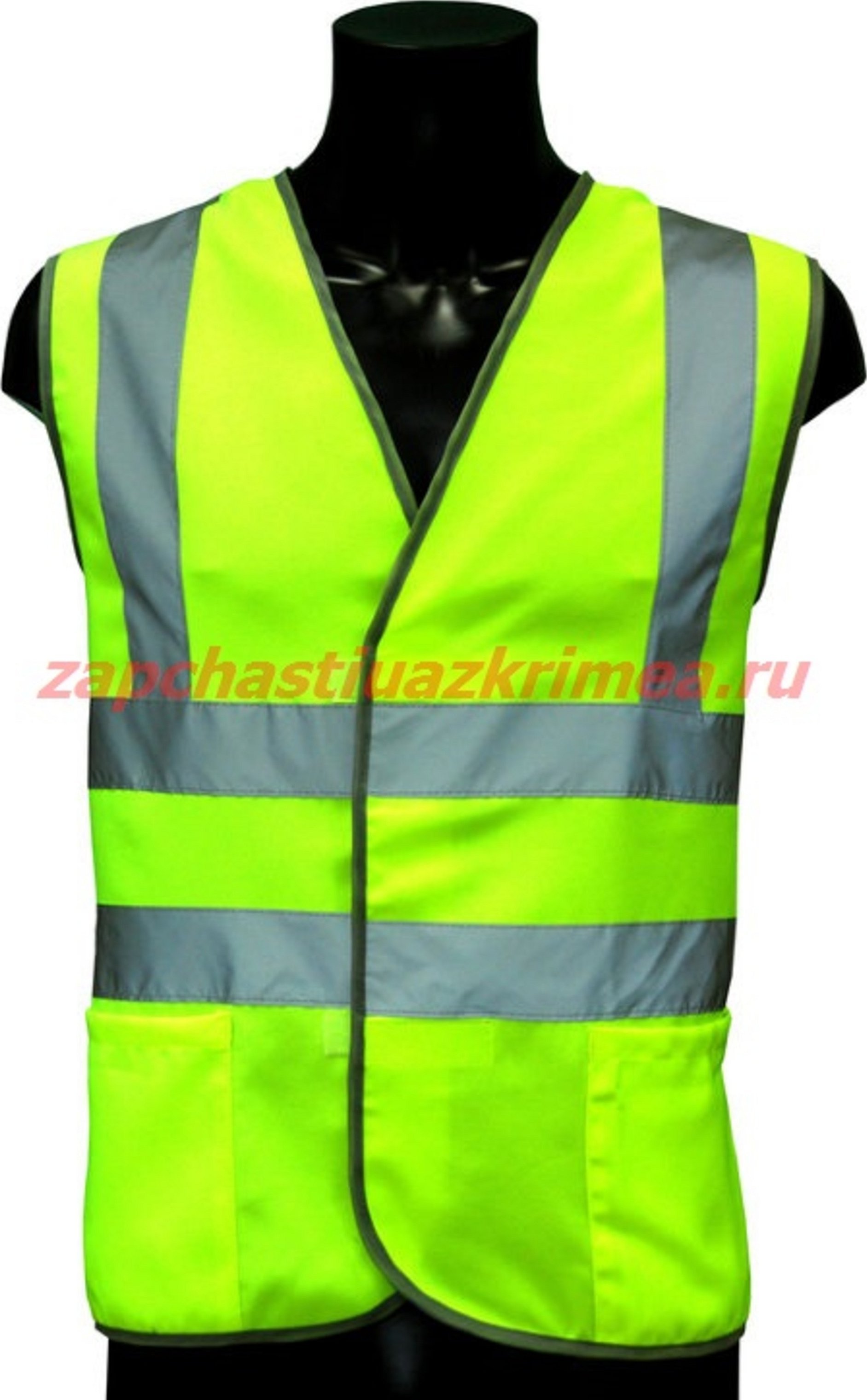
- In special clothing.
Special-purpose clothing is designed to increase the level of protection of workers from environmental influences, and is distinguished by its ability to provide the parameters necessary for work: comfort in wearing, practicality in use, functionality.
Types of workwear:
- Work suit;
- Overalls, semi-overalls;
- Robe;
- Apron vest;
- Armlets;
- Other items.
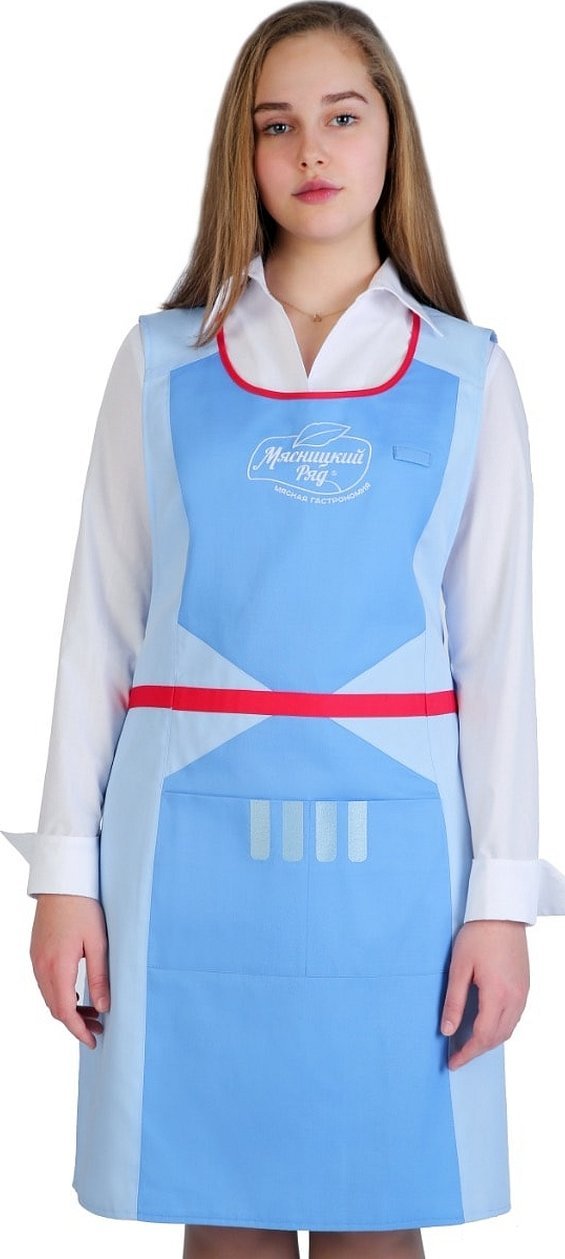
For a long time it was considered a working one, fashion did not show interest in the style and production of accessories with reflective elements.
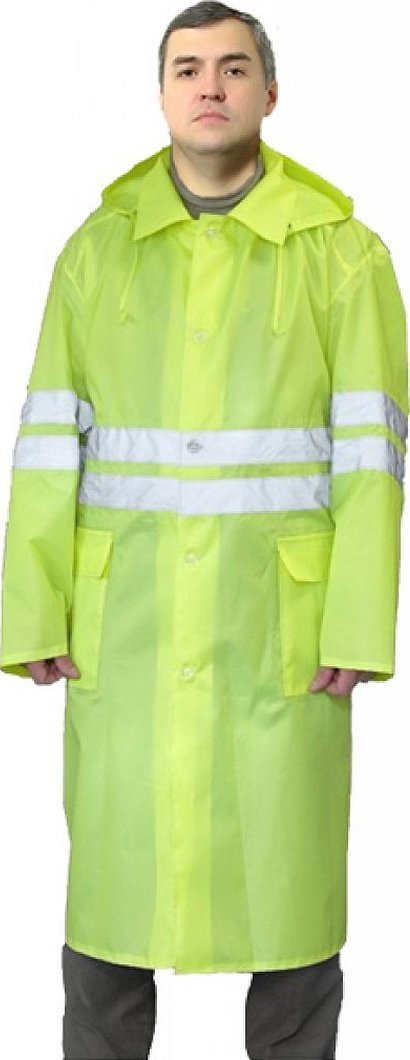
Features of modern workwear:
- Protection from harmful influences;
- Part of the corporate style;
- Emphasizing the individuality of the customer company.
Production features:
- Individual approach when developing for a specific branch of the economy, industrial production (medical clothing - low wrinkling, breathability, possibility of disinfectant treatment, antistatic and blood-repellent properties), (chef - protection from heat, no fraying, breathability):
Varieties:
- Summer;
- Winter;
- Special purpose for security units;
- Service sectors;
- Food spheres;
- Medical;
- Others.
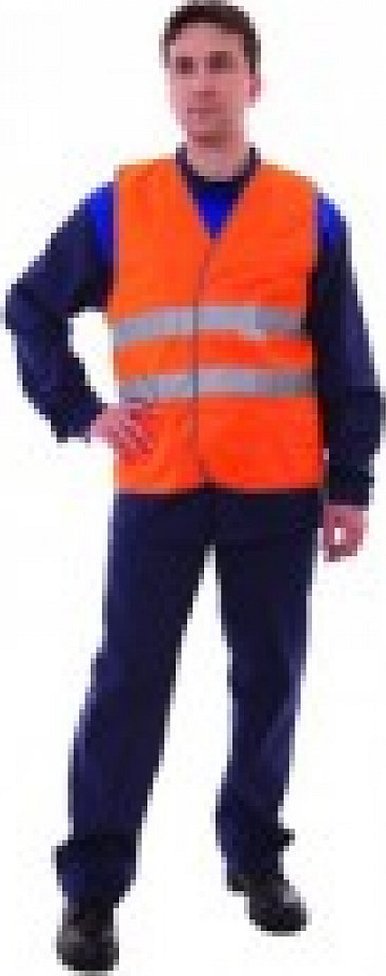
Requirements for modern signal clothing:
- Convenience and comfort;
- Durable;
- Protect from harmful effects of environmental factors;
- Elegance.
Important! When choosing workwear, the specifics of production are taken into account.
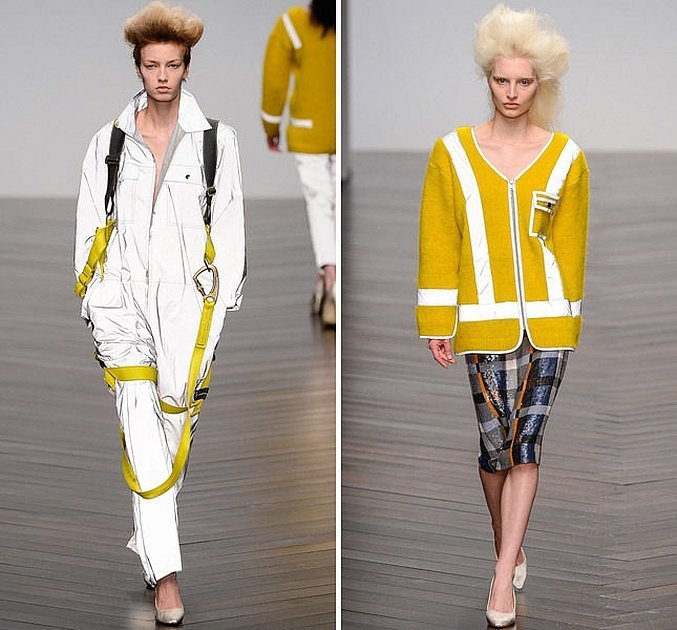
Comfort in using clothes is based on the cut and specifics of production. Uncomfortable clothes contribute to rapid fatigue, irritability of the worker, and reduce labor productivity.
The main purpose of special clothing is to protect workers from adverse environmental impacts - injuries, temperature fluctuations, dust, electrical voltage, high humidity, aggressive environments, pollution.
Fashion trends
Clothing with reflective inserts is in demand among athletes, healthy lifestyle enthusiasts, and is actively used in the production of stylish accessories. The purpose of production is the individuality of the owner, safety when moving in the twilight and at night.
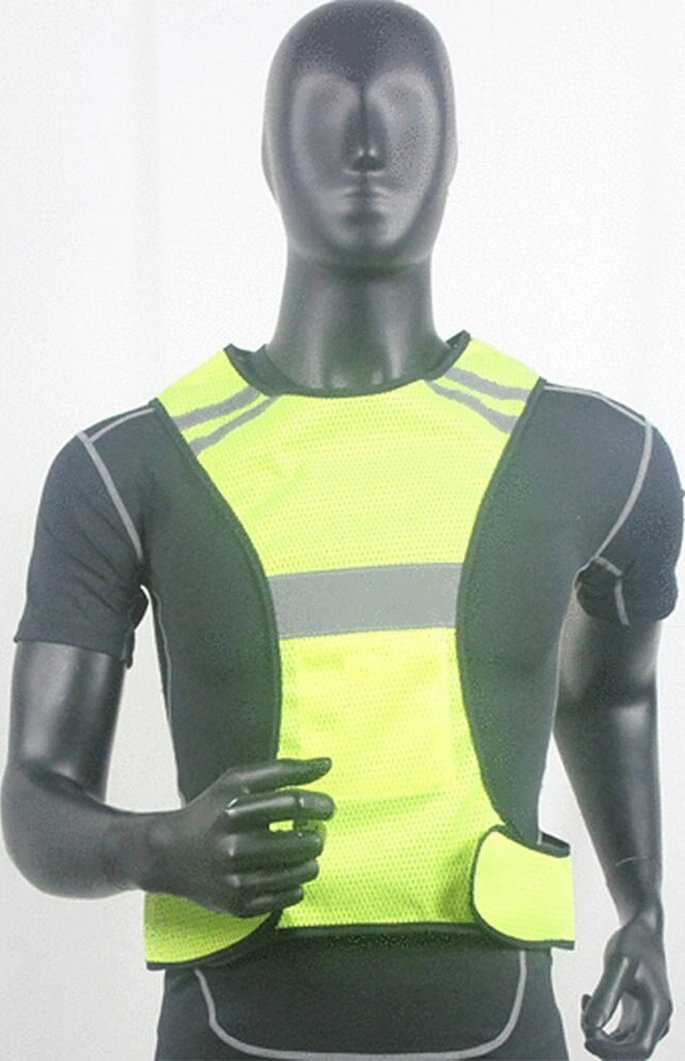
It is widely used in advertising and in the production of stylish textile products.
Material composition:
- Polyester - 100%;
- Canvas parameters - 1.4 m;
- Density 220g/m2;
- Light flux reflection coefficient 380 cd/lkm2;
- Wear resistance. Capable of withstanding 50 gentle washing cycles at 30°C.
Reflective fabric is a trendy accessory for the modern fashionista. Inspired by the beauty and functionality of reflective elements, signal clothing and reflective elements served as an impetus for the creation of trendy items that have found a worthy place in the collections of famous designers.
Currently, the active production of reflective shoes, jackets, trousers, pants, curtains has begun. Chameleon fabric is actively used in their production.
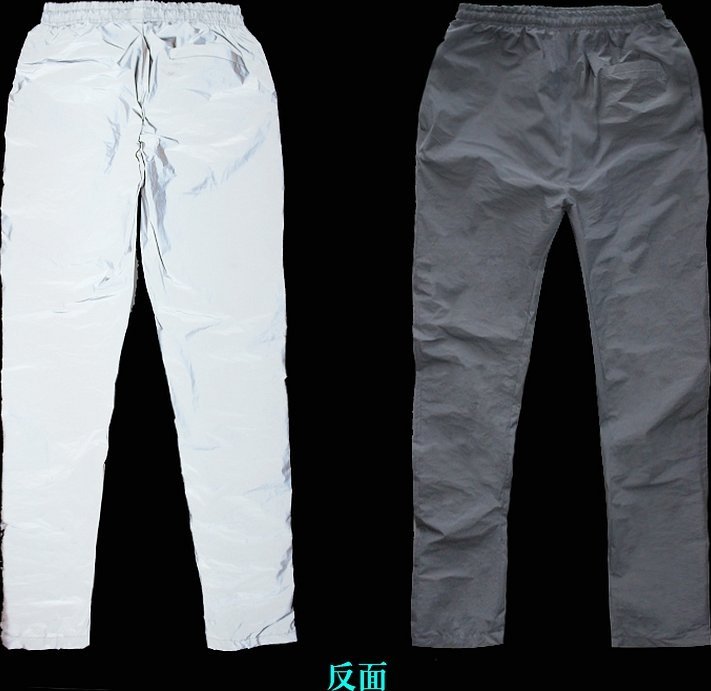
This year is considered a cult one in the fashion industry. The Maison Margiela Couture collection demonstrated the interest in signal clothing and reflective elements of youth and modern fashionistas.
Inspired by works of art on the theme of "Safety", the designers dressed the models in oversized wigs and construction clothes with reflectors. The result is truly unusual things, real space suits, shimmering in the light.

What types of reflective fabrics are there?
SVM are manufactured in the form of individual elements - fireflies, fireflies, flickers, flickersmileys, etc. The form of produced reflective products is varied. At a specialized production facility, elements are manufactured in the form of narrow ribbons, film coatings, stickers, keychains, badges, etc.
Reflective elements also vary in the form of attachment to the material - seamless and hot-melt. Hot-melt ones are cut out of a sheet, attached to clothing with the adhesive side, glued using a heat press or iron.
High-visibility clothing requires proper care, only in this case it will retain a presentable appearance and wear resistance for a long time - 50 washes.
Care instructions.
- Washing temperature (no more than 60°C);
- Number of washes - 50;
- Bleaching is prohibited;
- The use of solvent-based emulsions is contraindicated;
- Rinsing after washing;
- Dry in a tumble dryer (temperature settings no more than 70°C).
Regulatory documents and rules for use in clothing
Any textile product is subject to the requirements specified in GOST. The production of reflective fabric for clothing is regulated by GOST R 12.4.219-99.
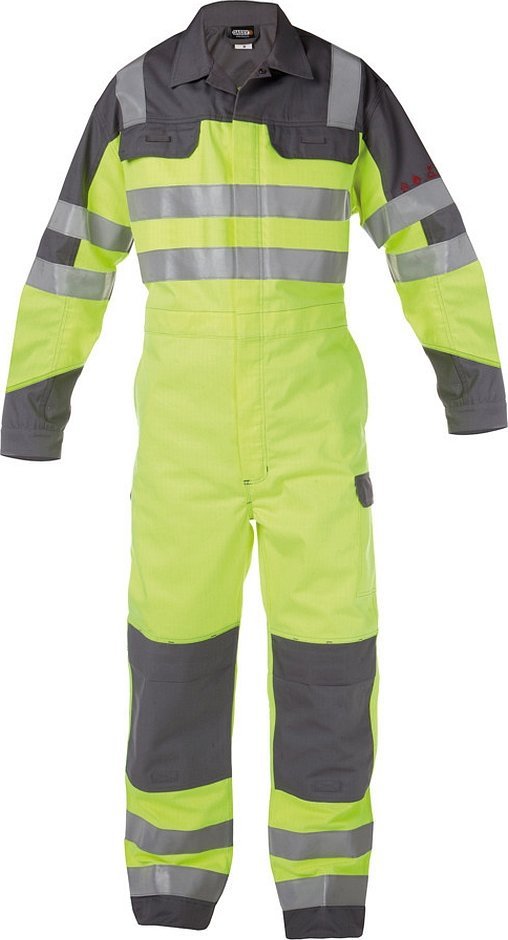
According to the document, signal clothing is classified into several subtypes, according to the parameters of the signal elements. The number of reflective elements, their configuration and parameters must correspond to the values specified in the table.
| List of professions | Regulatory procedure for issuance |
| Builders | signal uniform; gloves; face and ear protection; vibration reduction equipment |
| Drivers | mittens; warm suit; special footwear |
| Loaders | overalls; gloves; jackets; trousers. |
| Sales staff | headscarves; gloves; robes |
| Agricultural staff | gloves; shoes; mittens. |
| Electrical workers | dielectric special gloves; special footwear; headgear; outerwear; thermal underwear for dielectrics. |
In addition to the requirements for the placement of lighting elements, standards are observed when designing special clothing.
The following types of fibres are considered as the basis for the production of signal clothing:
- Cotton-polyester;
- Nylon;
- Adhesive bases (self-adhesive, activated by increasing temperature).
Important! Not so long ago, reflective elements were considered to be a decorative item. Such elements were expensive, and clothing was inexpensive and practical.
Details reflecting the light source appear not only on signal clothing. Thanks to high light reflection values, high-quality elements make it possible to identify a moving pedestrian in poor visibility.
The use of reflective elements makes it possible to prevent injuries and emergencies on the roads. Of no small importance is signal clothing for workers of special services in the event of traffic, during the elimination of the consequences of emergencies, fire extinguishing.
Number of reflective stripes:
- Overalls - 2, encircling the torso, located at a distance of 5 cm from each other;
- Jackets, vests, cape vests - 2 stripes, located horizontally. Distance not less than 5 cm, connected to the upper stripe in front and back.
Important! The presence of 1 stripe located around the torso in front, back, and along the shoulder line is allowed on the products.
When purchasing reflective fabric in rolls, you should take into account the specifics of the production for which the workwear sets will be manufactured, as well as the square meter of fabric available in the roll.
The highest degree of reflection is inherent in light-colored material. To achieve a greater effect of light reflection, it is recommended to use light-gray material.

